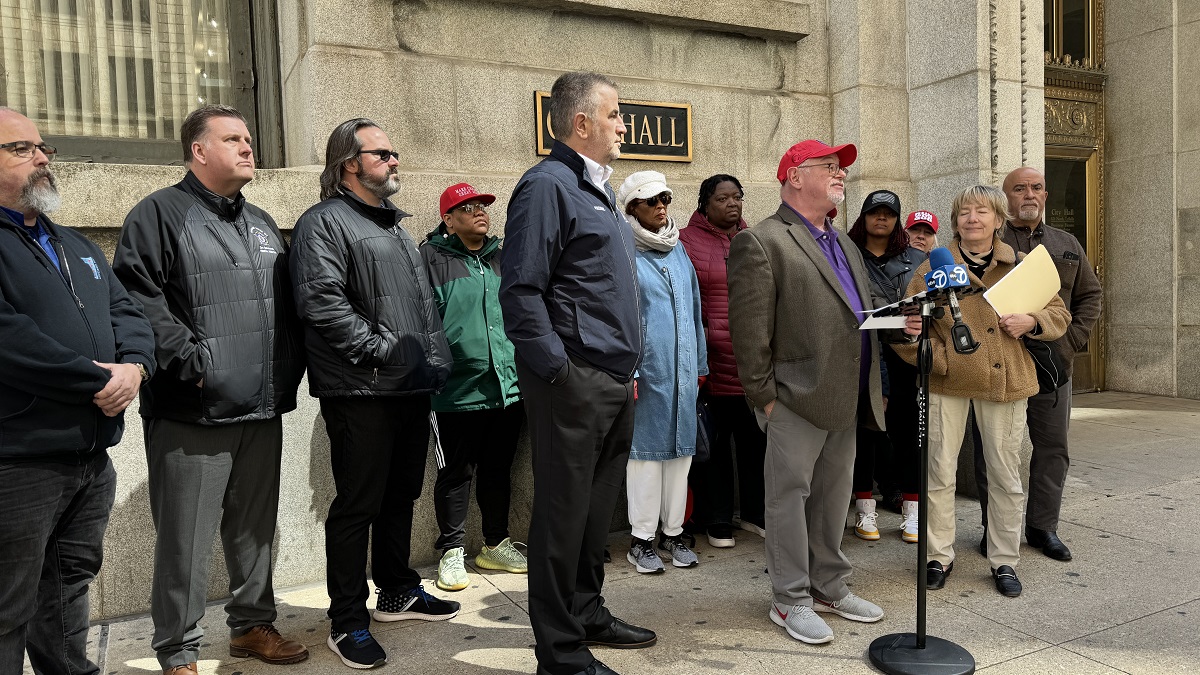
A report from the Centers for Disease Control and Prevention examined how a coronavirus outbreak at a Chicago university infected 17 soccer players at the school and what may have actually led to the spread in infections.
The report looked at a "cluster" of cases involving men's and women's soccer teams at an unnamed university. The investigation involved at least 17 cases that spread across both teams.
According to the report, transmission may have happened, not on the field, but instead "during multiple gatherings."
The student athletes first returned to campus in June, with two negative tests required to start preseason training. It wasn't until August that one player on the men's team began experiencing symptoms.
"The student reported attending several social gatherings with teammates in the preceding 14 days, including a birthday party and an unsanctioned soccer match between the men’s and women’s teams," the report stated. "Over the next two days, five other soccer players reported symptoms, and both teams were instructed to isolate or quarantine."
In total, nine of 10 symptomatic players tested positive.
Three days later, four more players had tested positive and further testing was conducted for asymptomatic players, resulting in four additional positive results, for a total of 17 cases.
Local
An investigation into the outbreak found that the cases likely stemmed from three events: a birthday party, a dorm or apartment visit and an unsanctioned coed soccer match.
"Members of both teams mostly attended different events; however, three events most likely contributed to transmission because they were attended by members of both teams and persons not on the teams," the report states.
According to the investigation, seven players on the men's team had attended the birthday party prior to the outbreak. The players said they did not wear masks or social distance at the event. Players said two people at that party who were not on the soccer team also tested positive following the event, but investigators were only able to confirm one case.
Six of the players who attended the party also visited a dorm room together, along with one player from the women's team. A week later, those same players attended a coed soccer match with 21 teammates.
Five students tested positive following that match.
"Several other events occurred before the coed soccer match, including four lake gatherings, which also overlapped with students’ exposure periods and elicitation windows," the report states.
The CDC reports the outbreak "highlights challenges to implementation of prevention strategies associated with persuading students at colleges and universities to adopt and adhere to recommended mitigation measures outside campus."
"University protocols mandated mask use during training sessions, and coaching staff members reported universal compliance. However, multiple students reported inconsistent mask use and social distancing at social gatherings, which quickly negated the benefits of pretraining testing, on-campus mask use, and social distancing prevention measures," the report states.
Chicago Department of Public Health Commissioner Dr. Allison Arwady, who has recently been urging Chicago residents to avoid even small gatherings within homes, echoed those claims.
"A lot of this is about being social," she said. "And these events were being attended by people who were asymptomatic, meaning they didn't have symptoms. They were pre symptomatic, or they were mildly symptomatic. We didn't have people getting seriously ill or needing hospitalization. But they were reporting minimal mask use and not a lot of social distancing at these events."
Arwady said the way the outbreak unfolded mirrors trends seen across the state.
"This is how these outbreaks work," she said. "You'll see them come not all at once, but over a number of days."



